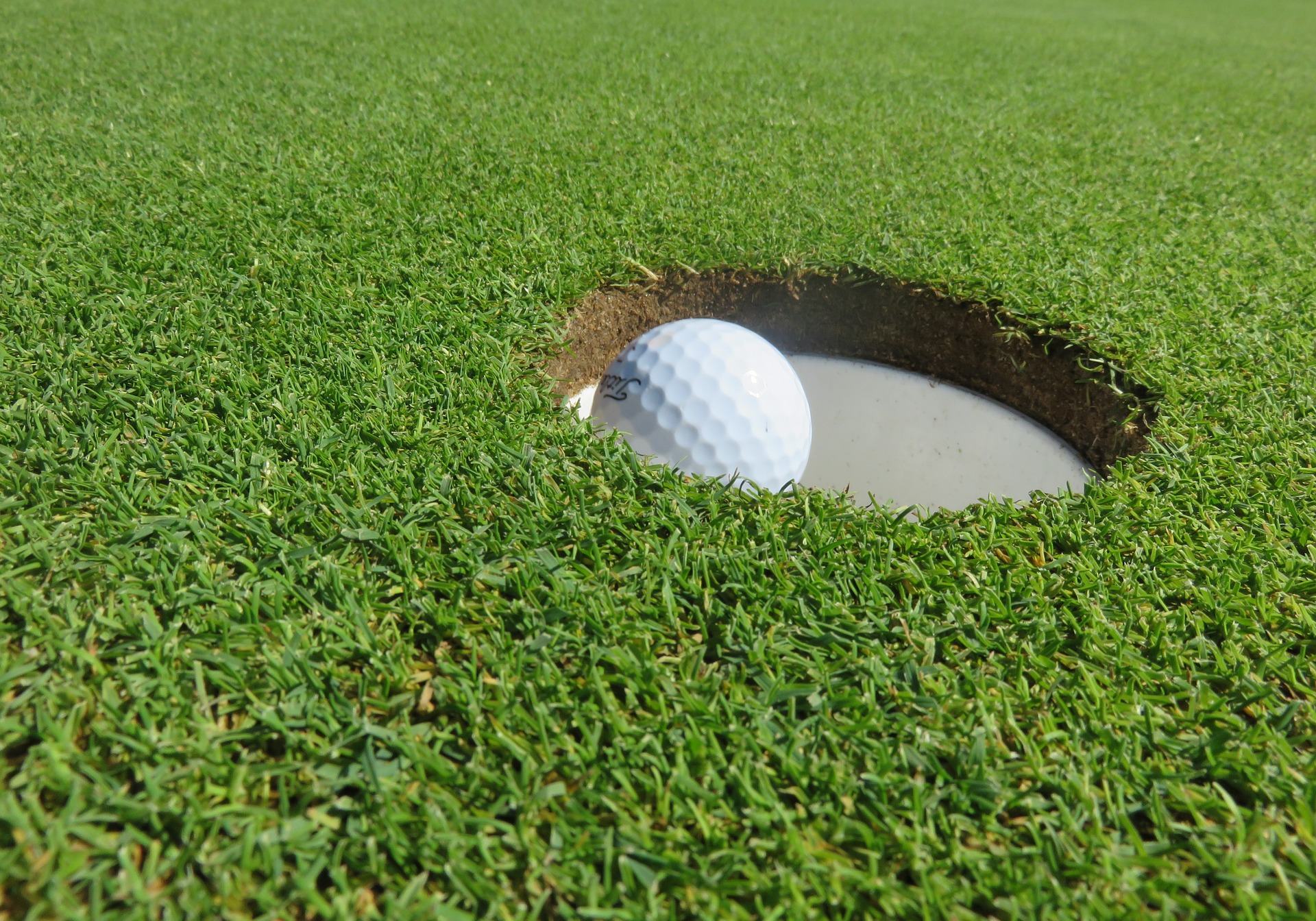Drive for show, putt for dough. Relax the nerves, trust your line. Eyes over the ball, smooth take away. Accelerate through the ball, and…
Klinka Tinka Tinka — yes! The sweet sound of a birdie putt, or even a 6-footer for par, dropping into the cup. It’s a great feeling, especially if you just finished the 18th for a personal best round. Or if you just won 5 skins to make your buddies shell out some serious coin. A hot day with the putter can make you feel like a million bucks. Actually, in the case of a PGA tour pro, it can earn you a million bucks.
Too bad that for the average golfer those days seem to come so infrequently. The average Joe uses up anywhere between 32 and 40 putts per round, while the best pros average around 30. Tour pros make just under 90% of their putts from 4-5 feet, while average guys make around 50%. That’s a lot of shots to give up! Think about this: if you are a thirteen handicapper, your average score is around 85, and you average 36 putts per round, then 42% of your shots are putting! And what do you spend most of your time doing at the range? If you’re like most guys (and gals) then you spend most of your time beating balls with your driver or mid-irons. Yet, according to the numbers you should be spending almost half of your time on the putting green.
So how can busy people with little time for golf practice still improve their putting game without doubling practice time or drastically reducing the amount of time spent practicing their full shots? Golf training aids are the answer. Many training aids exist that can quickly improve your putting stroke and green reading without spending hours on putting green. Just 10 to 15 minutes per practice session is required for most golfers to drop strokes quickly. Here are some tips for finding the right training aids or a combination of training aids to maximize your results:
1. Look for training aids that allow you to easily see the following things: square clubface, shoulder alignment, eye placement (over the ball), foot alignment, and stroke path. Some devices use mirrors, some use low-power lasers. Most training aids have physical barriers that keep the putter on the right path during the stroke.
2. For eye alignment you can always do this: line up the putt and address the ball as if you were going to hit the putt. Then take a ball from your pocket, put it between your eyes, and allow it to drop straight down. Wherever the ball lands is where your eyes are lined up. They should be directly over the target ball.
3. Whatever device(s) you choose, make sure that they are not too large and/or awkward. My experience is that you don’t use the device unless it is convenient.
4. Follow through is also important, so make sure that the training aid gives you feedback for the whole stroke. You need to see that your stroke path is straight and putter face releases properly after contact, otherwise you will have consistency problems.
5. Use the golf training aid consistently, every time you practice. You need to groove the stroke and you can’t do that unless you keep at it. Also, if possible, use the device at home or at the office when you have a spare minute. This extra practice time really helps.
I wish you good luck and a hot blade!
About the Author :
Mike Gelhaus, once racquetball professional and published author for Racquetball Magazine, has turned his attention back to the game of Golf. With the use of golf training aids, he achieved a handicap of 3 only weeks before back surgery.


Comment here